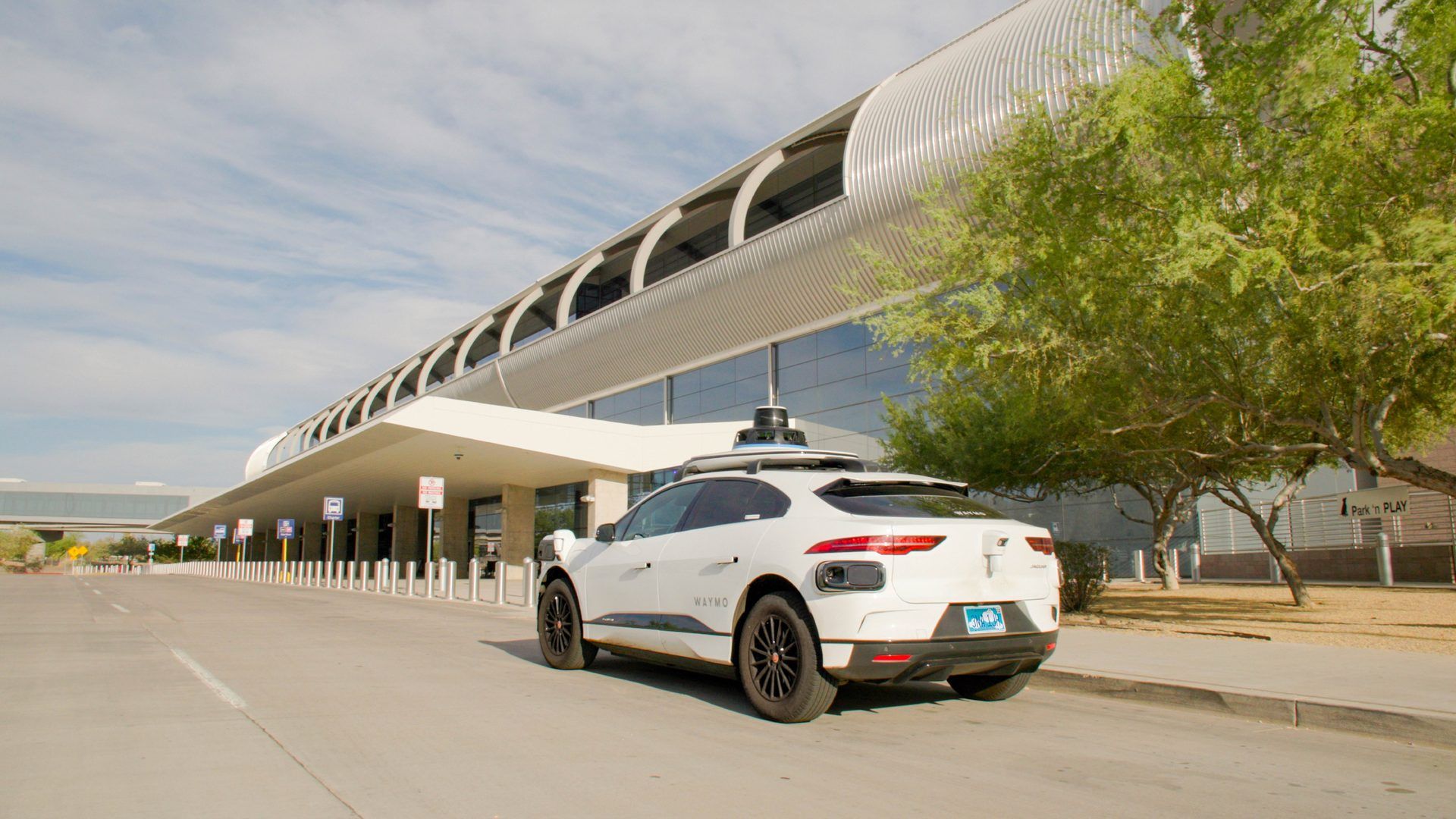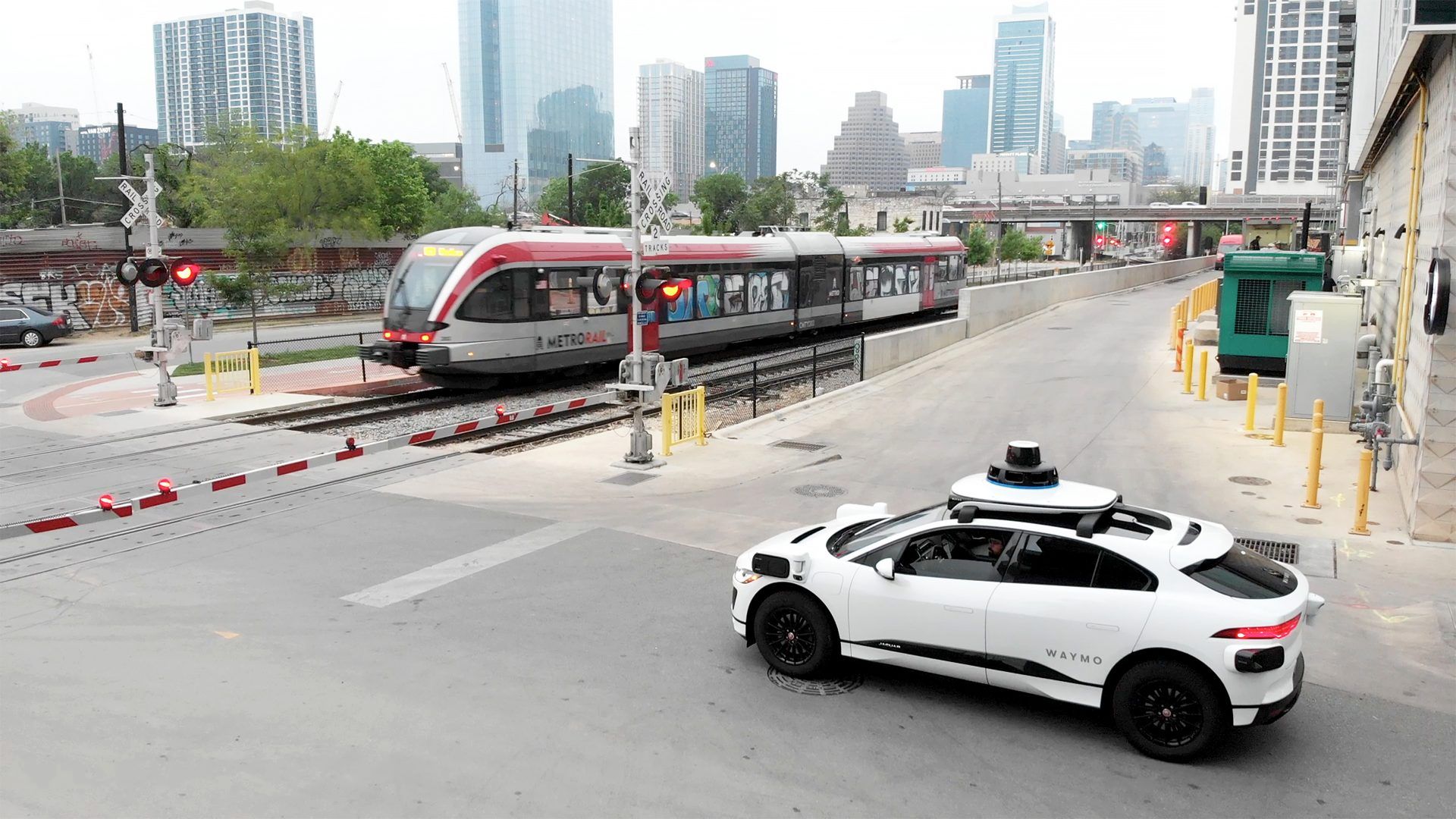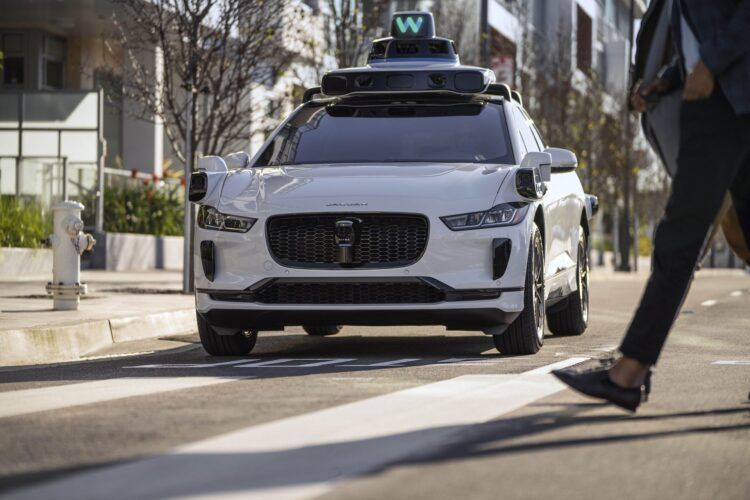Self-driving car companies Waymo and Cruise have won a major victory in their quest to bring robotaxis to the masses. The California Public Utilities Commission (CPUC) has approved their applications to operate 24/7 robotaxi services in San Francisco.
This is a major milestone for the two companies, which have been testing their robotaxi technology in San Francisco for several years. It also opens the door to the wider adoption of robotaxis in other cities.

The CPUC’s decision was not without controversy. Some residents and local officials expressed concerns about the safety of robotaxis, while others worried about the impact of the vehicles on traffic and parking. However, the commission ultimately concluded that the benefits of robotaxis outweighed the risks.
Waymo and Cruise will be required to operate their robotaxi services with a safety driver behind the wheel for the first 18 months. After that, they will be allowed to operate the vehicles without a safety driver if they can demonstrate that they are safe.
It will be interesting to see how Waymo and Cruise’s robotaxi services perform in San Francisco over the next 18 months. If the services are successful, it could lead to the wider adoption of robotaxis in other cities. However, if there are any major accidents or safety concerns, it could set back the development of robotaxis for years to come.
In the meantime, Waymo and Cruise can celebrate this major victory and look forward to bringing their robotaxi services to more cities in the near future.
Here is a quick summary of the story:
- Robotaxi services from Waymo and Cruise are now legal in San Francisco around-the-clock.
- This is a big step forward for the two firms and might lead to other cities using robotaxis in the future.
- Despite some opposition, the CPUC decided that the advantages of robotaxis exceeded the disadvantages.
- Both Waymo and Cruise will need to have a safety driver in the front seat for the first 18 months of their robotaxi services.
What does this mean for the future of self-driving cars?
The approval of Waymo and Cruise’s applications is a significant step forward for the development of self-driving car technology. It shows that the technology is maturing and that it is safe enough to be used in a commercial setting.

This could lead to the wider adoption of robotaxis in other cities, which would have a major impact on transportation. Robotaxis could reduce traffic congestion, improve air quality, and make it easier for people to get around.
Of course, there are still some concerns about the safety of robotaxis. But the CPUC’s decision shows that these concerns are being taken seriously and that the companies are being held to high standards.
Overall, the approval of Waymo and Cruise’s applications is a positive development for the future of self-driving cars. It shows that technology is making progress and that it is becoming a viable option for transportation.
Featured image credit: Waymo





